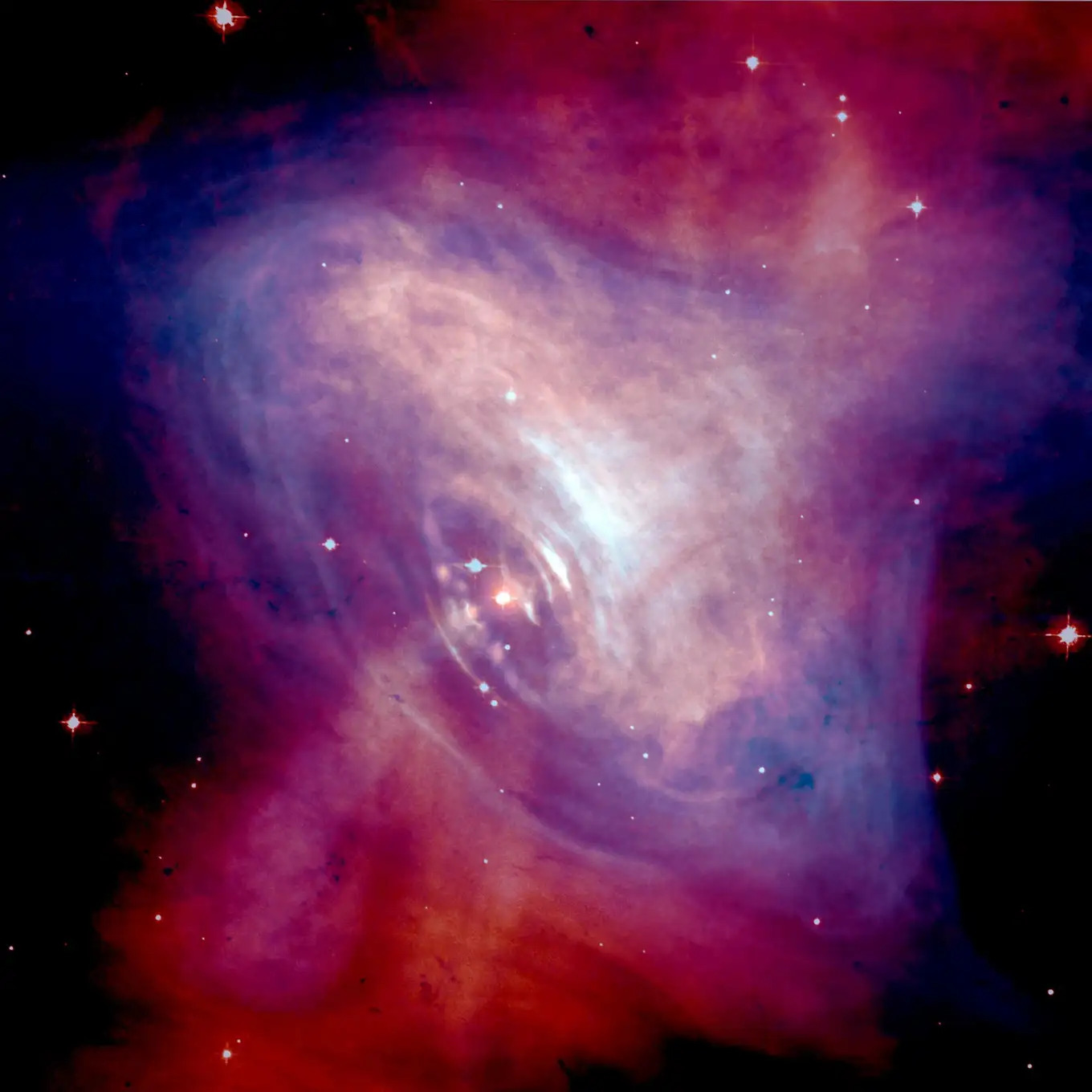Pulsars: Shedding light on the enigma of dark matter

The mystery of dark matter remains one of the most intriguing and challenging puzzles of the universe. Although it accounts for a massive 85% of all matter, scientists have struggled to understand its nature and composition for decades. However, recent studies have suggested that pulsars, which are rapidly rotating neutron stars, could hold the key to unlocking the secrets of dark matter.
Exploring the Enigma of Dark Matter
For years, physicists and astronomers have been captivated by the hunt for dark matter. Despite its widespread presence, it cannot be directly detected through conventional methods. Its invisible properties and weak interactions with ordinary matter have made it an elusive target for scientific inquiry. To shed some light on this cosmic enigma, researchers have been exploring various avenues, including the possibility of axions.
Have you ever heard of axions? They're a type of particle that scientists have hypothesized about since the 1970s. Axions were first proposed as a solution to a different problem in particle physics, but they could also potentially account for dark matter. The reason they're so elusive is that they interact very weakly with other known particles.
Now, let's talk about pulsars. These are rapidly rotating neutron stars that emit beams of radiation as they spin. Pulsars are often referred to as celestial lighthouses because of their unique properties, including their intense magnetic fields and high-energy emissions. Scientists think that pulsars could be used to investigate the presence of axions and, in turn, dark matter.
Axions and Pulsars: A Connection Revealed
Recent research conducted by the universities of Amsterdam and Princeton has shed new light on the potential link between axions and pulsars. The study suggests that if axions are a part of dark matter, then they may create an additional, subtle glow in pulsating stars.
The Conversion Mechanism of Axions
The researchers believe that axions around pulsars could transform into detectable light in the presence of strong electromagnetic fields. Pulsars generate intense magnetic fields, which provide an ideal environment for this conversion process. If axions exist, they would be mass-produced around pulsars and then transform into low-energy radio radiation.
Challenging Endeavors in Observing the Glow
Detecting the faint glow caused by axions amidst the overwhelming emissions from pulsars is a challenging task. Scientists need to understand the intrinsic emissions of pulsars precisely and compare them to potential deviations caused by axion conversions to differentiate between a pulsar with and without axions. This intricate analysis requires comprehensive theoretical models and sophisticated supercomputer simulations.
The search for axions persists. Although the initial comparison of supercomputer simulations and observations did not provide definitive proof of axions, it represents a significant step forward in unraveling the mysteries of dark matter. Scientists have narrowed down the possibilities by placing strict limits on the interaction between axions and light, paving the way for future observations.
Looking ahead, the non-detection of axion-induced radio signals from pulsars is a valuable outcome in itself. It offers valuable insights into the properties of axions and enhances our comprehension of their potential role in dark matter. Scientists will continue to refine their models, conduct more extensive observations, and push the boundaries of axion research.
The Interdisciplinary Frontier
The study of axions and their relation to dark matter requires collaboration across multiple disciplines. Physicists and astronomers from different institutions work together to merge their expertise and tackle complex scientific challenges. This collaborative approach has the potential to unlock new avenues of research and revolutionize our understanding of the universe.
Conclusion: Shining a Light on the Shadows
The exciting possibility of pulsars illuminating the mysterious nature of dark matter is a significant step forward in our pursuit of understanding the cosmos. Although the search for axions and their connection to dark matter is ongoing, the progress made so far has paved the way for further exploration and deepened our comprehension of the intricate workings of the universe. As scientists continue to uncover the secrets of dark matter, pulsars remain beacons of hope, shining a light on the shadows and guiding us toward a greater understanding of our cosmic surroundings.

 How to resolve AdBlock issue?
How to resolve AdBlock issue?